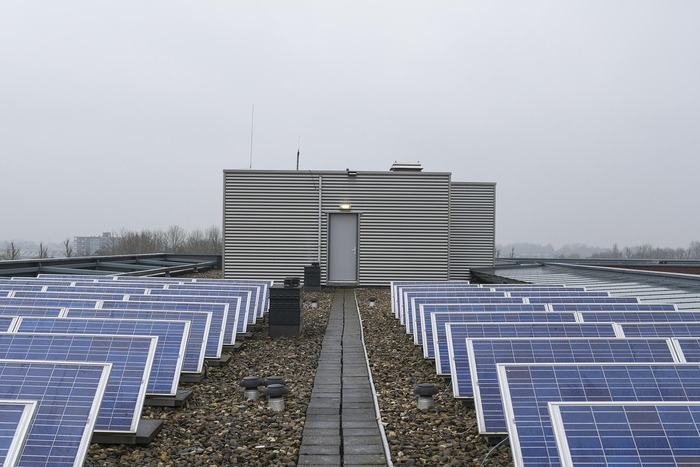It will lower system costs, cut emissions, and enhance energy security by reducing reliance on imported fuels
Potentially, there is a $1.8 billion cost savings for Thailand by 2037 if the Southeast Asian nations can increase its solar capacity by 89% and battery storage by 60%, respectively compared to the RPDP (revised power development plan) targets. This result was derived from a report by the London-based think tank Ember.
The RPDP was outlined in 2024, aiming for 51% renewable energy generation by 2037. The plan includes reducing 8 GW of net fossil fuel capacity and adding 64 GW of renewables and energy storage. According to Ember’s calculations, the plan requires a total fixed expenditure of $153 billion between 2024 and 2037.
Using RPDP as a baseline, the study finds that a more ambitious energy transition towards renewables has multiple benefits for Thailand — lowering system costs, cutting emissions, and enhancing energy security by reducing reliance on imported fuels.
Additionally, this will help Thailand cut its emissions by 147 mtCO2 by 2037.
Hits and misses
Interestingly, Ember’s proposed cost-optimal pathway requires a higher total fixed expenditure of $168 billion over 2024 to 2037. However, as the transition to renewables will cut Thailand’s gas imports by almost two times, it will save nearly $16 billion in fuel costs, according to the report.
The report also points out that wind energy is not very cost-competitive under the low cost pathway, as Thailand has limited wind resources. But, if Thailand chooses to import hydropower from neighbouring Laos, then it will reduce overall system costs.
Though Thailand has broad ambitions of transitioning to a cleaner economy, fossil fuels have historically dominated the country’s power system. Coal and gas accounted for over 80% of electricity generation in 2024 with natural gas taking around 68%, found the report.
On the other hand, renewables have not been scaled up to their potential. Domestic hydropower contributes just 3% of the total generation, while solar’s installed capacity as of 2024 was just 3.4 GW.
But the country has enormous potential for deploying renewables, especially solar. The report found that Thailand has tapped just 1% of its solar potential, so there’s scope for expansion.
It is necessary also, as Thailand’s energy demand is expected to grow quite strongly. Two strong factors driving this would be the wider adoption of electric vehicles and a data center boom.
The report found that EVs are likely to account for 20% of total electricity demand by 2037, while data centers will drive demand growth by 10 TWh by the same year.
“Emerging countries are at a crossroads of meeting a rising electricity demand at affordable costs to drive the economy while cutting emissions for sustainability goals. Solar, coupled with battery storage, represents the optimal pathway to address this trilemma. The energy transition of Thailand towards home-grown renewables could lower energy costs, cut emissions, and strengthen energy security by mitigating dependence on fossil fuel imports,” said Lam Pham, energy analyst at Ember.
About The Author
You may also like
Renewables are Cutting Down Power Prices Globally: Report
India’s PLI Drives Growth in Solar Manufacturing Sector: Report
Global coal demand growth rate slows down as China shifts to renewable energy: Report
Why India’s Clean Cooking Revolution Must Be Electric
Clean Energy Push Would Halve Warming Rate by 2040: Report

